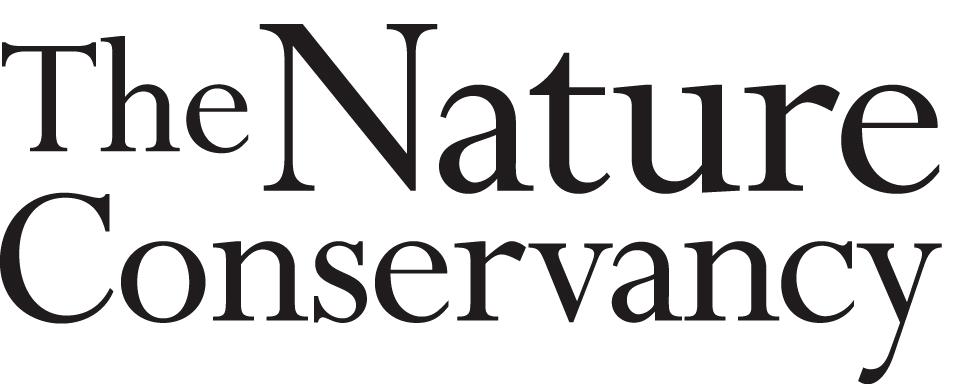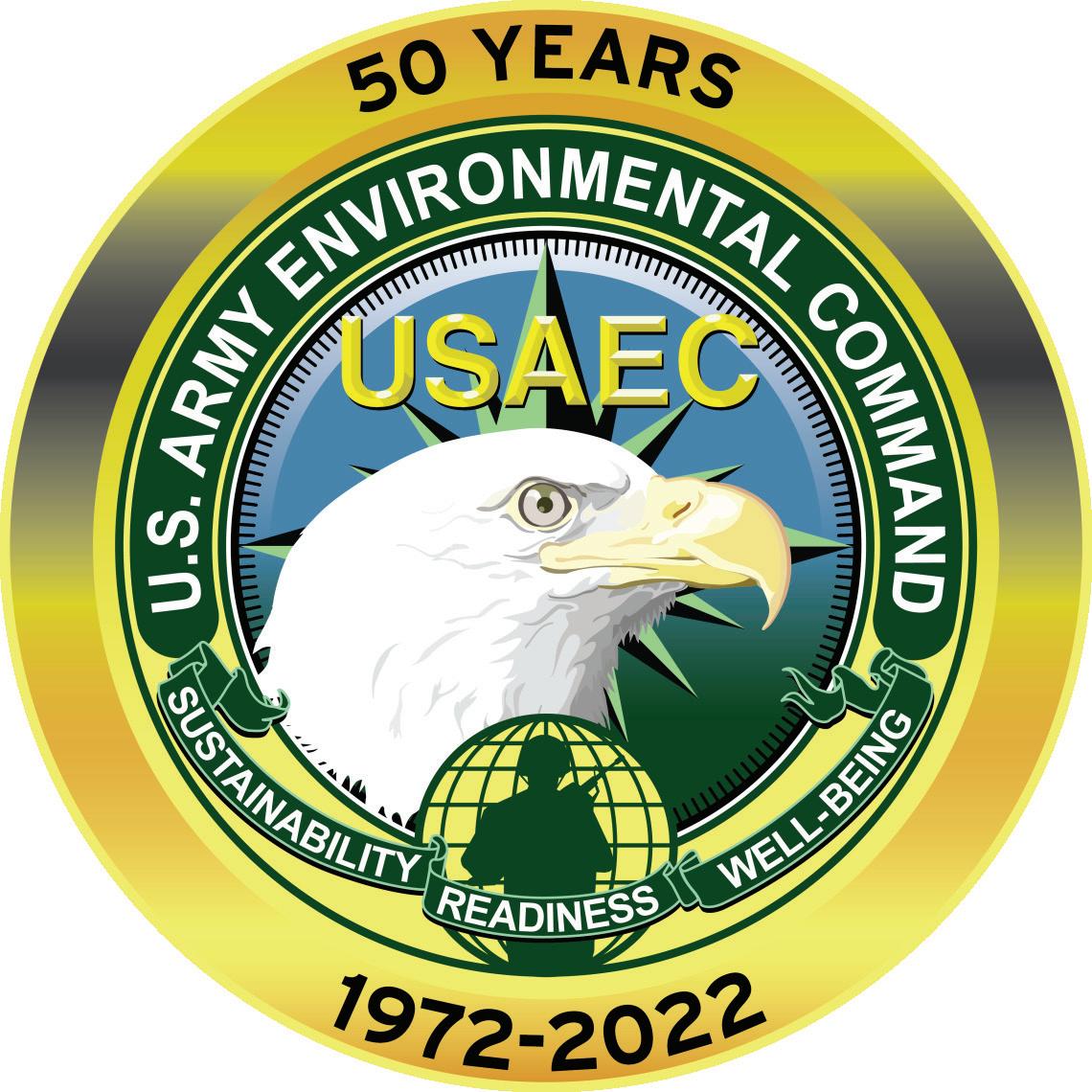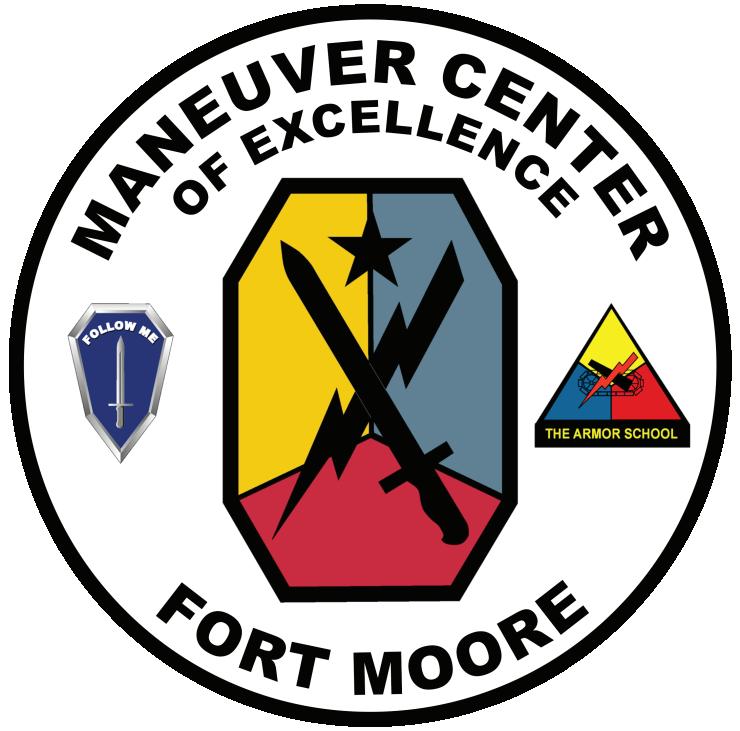CITIES OF LUMPKIN AND RICHLAND AND STEWART COUNTY
A VISION FOR COMPATIBLE USE SUPPORTING THE COMMUNITIES AROUND FORT MOORE, GEORGIA

CITIES OF LUMPKIN AND RICHLAND AND STEWART COUNTY
A VISION FOR COMPATIBLE USE SUPPORTING THE COMMUNITIES AROUND FORT MOORE, GEORGIA
River Valley Regional Commission
Jim Livingston, Executive Director
Email: jlivingston@rivervalleyrc.org
Ph: (706) 256-2910
Carl Vinson Institute of Government, University of Georgia
Scott Pippin, Public Service Associate
Email: jspippin@uga.edu
Ph: (706) 542-2736
Funding information: This project was prepared under contract with the River Valley Regional Commission, with financial support from the Office of Local Defense Community Cooperation, Department of Defense and the University of Georgia’s Carl Vinson Institute of Government. The content does not necessarily reflect the views of the Office of Local Defense Community Cooperation.
More information about the project and an interactive asset map may be found at www.rivervalleyccd.com. The plan was released in spring of 2023.
This plan describes community development opportunities in Stewart County that were produced in collaboration with local stakeholders as part of the River Valley Community Compatible Development Plan (RVCCD Plan). The RVCCD Plan reflects a strategy to promote economic development and prosperity in the River Valley region of Georgia and Alabama while preserving the landscape and land uses that align with Fort Moore’s military mission and protect the region’s natural resources. A key goal of the RVCCD Plan is to maintain the region’s rural character and support a good quality of life for area residents. The plan reflects a two-year effort involving a team from the University of Georgia’s Carl Vinson Institute of Government, the River Valley Regional Commission, Fort Moore and its Army Compatible Use Buffer partners, and six rural counties around Fort Moore: Marion, Chattahoochee, Stewart, Taylor, Talbot, and Russell. This effort produced local recommendations for each participating county and its cities. This document summarizes that effort in Stewart County.
The full RVCCD Plan is available at https://www.rivervalleyccd.com/.
River Valley Regional Commission
Jim Livingston, Executive Director
Allison Slocum, Historic Preservation Planner and Senior Planner
Patti Cullen, Consultant
The Nature Conservancy
Deron Davis, Conservation Project
Director - North America Region
Monica Thornton, Executive Director
Dan Ryan, Director of Conservation
Michael Hensley, Chattahoochee
Fall Line Project Director
LuAnn Craighton, Chattahoochee
Fall Line Outreach Director
Brant Slay, Chattahoochee Fall Line Conservation Manager
US Department of the Army, Fort Moore
Kirk Ticknor, Director, Directorate of Public Works
Brent Widener, Chief, Environmental Management Division - DPW
ACUB Advisory Board
US Department of the Army, Fort Moore, Brent Widener
The Nature Conservancy, Deron Davis
Georgia Department of Natural Resources, Ted Will Georgia Forestry Commission, Tim Lowrimore
US Department of AgricultureNatural Resources Conservation Services, Sharon Swagger
US Department of the Interior, Fish and Wildlife Service, Don Imm
Georgia Forestry Commission
R.T. Lumpkin, Prescribed Fire Center Coordinator
Cusseta-Chattahoochee County
Steering Committee
Chairman Charles Coffee
Commissioner Damon Hoyt
Laura Lee Bernstein
Josh Abercrombie
Kristy Brooks
Joe Addison
Mordie Askew
Marion County Steering Committee
Mayor Kevin Brown
Commissioner George Neal
Jay Wells
Claudine Morgan
Will Johnson
Debbie Ford
Jim Gilland
Ralph Blue
Russell County (AL) Steering Committee
Chairman Chance Corbett
Dennis Beason
Tracie Hadaway
Victor Cross
Commissioner Cattie Epps
Mayor Eddie Lowe
Lisa Sandt
Wallace Hunter
Paulette Colbert
Stewart County Steering Committee
Mac Moye
Mayor Jimmy Blount
Commissioner Joseph Williams
Chip Jones
Diane/Charles Lee
Randy Butts
Robert Lee
Mikayla Murphy
Ruthie Hamlin
Christina Garner
Talbot County Steering Committee
Pam & Frank Jordan
Dan Coffey
David Jordan
Tom Persons
Carol Ison
Sher’londa Walker
Debbie Buckner
Mary Stevens
Taylor County Steering Committee
Shonda Blair
Commissioner Tameka Harris
Mayor Barry Whitley
Lenda Taunton
Jarrod McCarthy
Mayor Butch Turner
Tom Queen
Vicki Wainwright
Milton Harris
Rex Robinson
Georgia Municipal Association/ Georgia Cities Foundation
University of Georgia Carl Vinson
Institute of Government
Scott Pippin, Public Service Associate
Saralyn Stafford, Assistant Director, Rural Development
Shana Jones, Assistant Director, Planning and Environmental Services
Danny Bivins, Senior Public Service Associate
Daniel Wyatt, Public Service Assistant
T. Clark Stancil, Landscape and Urban Designer
Kaitlin Messich, Public Service Associate
Leigh Elkins, Senior Public Service Associate
Kelsey Broich, Creative Design Specialist
Natalie Bock, Research Professional
Eleonora Machado, Creative Design Specialist
Karen DeVivo, Editor
Theresa A. Wright, Associate
Director, Survey Research and Evaluation Support
Brian W. Simmons, Public Service Assistant
Erik Thompson, Research Professional
Darrell Robinson, Research Professional
W. Tyler Cagle, Research Professional
Anna Brodmerkel, Graduate Assistant
Garrison Taylor, Graduate Assistant
Franco Conocchiari-Scherer, Graduate Assistant
Scott Luis, Law Fellow
University of Georgia, College of Environment + Design
Jon Calabria, Associate Professor
University of Georgia, Warnell
School of Forestry & Natural Resources
Kyle Maurice Woosnam, Professor
University of Georgia, College of Agricultural & Environmental Sciences
John Salazar, Professor
The Army’s mission is to deploy, fight, and win this nation’s wars. Accomplishing that mission requires rigorous training and preparation at places like Fort Moore. The RVCCD Plan presents strategies to promote compatible land uses in the region around Fort Moore. Compatible land uses are those that do not encroach on the Army’s ability to use its lands and resources to execute its mission, and therefore they can accommodate the smoke, dust, noise, and other impacts of the Army’s training activities. In addition, compatible uses reduce the environmental compliance burdens of the Army’s activities. The RVCCD Plan promotes compatible land use development by going beyond the traditional regulatory approaches such as zoning and other land use practices, and proposing bold, locally derived proposals for proactively supporting development and economic growth compatible with Fort Moore’s mission.
The primary findings and recommendations of the RVCCD Plan include the following:
• Survey respondents perceived the greatest strengths of the region to be Fort Moore’s presence (74%) and the region’s natural features, including natural resources (63%) and outdoor recreation (68%).
• Promoting compatible use in the region must be driven by local residents embracing compatible development practices because it makes economic and quality of life sense for them to do so.
• In addition to supporting Fort Moore, protecting areas surrounding Fort Moore through land conservation programs maintains the region’s rural character, something residents strongly value and want to preserve.
• Rural counties surrounding Columbus have the strong potential to tap into a vibrant regional tourism economy by showcasing their natural and cultural resources.
• Addressing systemic poverty, promoting long-term economic prosperity, and enhancing local capacity for planning and infrastructure investments will be critical to ensuring that the rural communities within these areas thrive in ways compatible with the nation’s national security mission.
• A robust accounting of the economic benefits the conservation buffer areas surrounding the installation have provided and will increasingly provide is an important next step in helping these communities recognize the full value of these lands and expand on it for their long-term prosperity.
Develop infrastructure project proposals suitable for funding through the Defense Community Infrastructure Pilot (DCIP) Program and other infrastructure funding opportunities, focusing on water and sewer upgrades.
Conduct an analysis in conjunction with Russell County on potential land use changes that could impact the Fryar Drop Zone, particularly any development requiring sewer line extensions in the area.
Conduct a feasibility analysis of sewer line extensions to Chattahoochee County and a study of related land use controls necessary to prevent incompatible development.
Undertake analysis and planning to ensure the transportation network can support community and military needs, including EV charging needs as the installation transitions its nontactical fleet to electric vehicles.
Build capacity among residents for community leadership and entrepreneurship through state and university leadership and capacitybuilding programs.
Develop regional partnerships to foster effective planning, asset management, code enforcement, and zoning administration.
Formulate more robust estimates of the economic and environmental service values provided by the conservation and recreation lands in the region.
Support dark sky efforts to prevent excess light pollution.
Connect river and stream corridor planning to larger conservation efforts.
Support arts, culture, and other community programs to build upon existing cultural assets and interest.
Improve communication between Fort Moore and the rural communities in part by initiating regular community briefings where installation staff brief community leaders on Army issues and needs, and community leaders brief installation leadership on community needs.

Each community engaged in the RVCCD process has a distinct character and individual assets, needs, and opportunities. To promote these unique local assets, each participating community was engaged to identify key resources that could be accentuated to foster future compatible growth and development. These local plans are rooted in the following key principles, which arose from the public input sessions held across the communities in this region.
• Preserving the small-town rural character of these communities and maintaining downtowns are top priorities for residents.
• Investments in vibrant downtowns promote compatible uses and preserve rural character.
• Emphasizing historic downtown development accentuates the distinctive and marketable assets of these rural southern communities while aligning with Fort Moore’s interest in seeing concentrated development in downtown communities as well to further compatible use.

• Strategic infrastructure investments in downtowns and other key areas will further promote compatible growth.
Based on the community engagement and input described in the RVCCD Plan, the following concepts were developed to promote compatible development and economic growth in Stewart County.
Stewart County is one of the most visited places in the state, and it is home to perhaps the most recognizable location in West Georgia: Providence Canyon. Annually, the canyon attracts an estimated 300,000+ visitors, who post countless photos of it on every social media platform. However, Stewart County has so much more to offer. While steadily busy and beloved by those who visit, Florence Marina is an underappreciated state park also in Stewart County. The county features two historic downtowns: Lumpkin, the county seat, and Richland, home of the acclaimed Richland Rum distillery. It also boasts Omaha Brewing, a local brewery and entertainment hotspot located in the unincorporated town of Omaha. It is in the process of expanding to include a winery. Flowing Well Park is a county-maintained recreation area that draws visitors from around the state despite its very minimal facilities and infrastructure. Locals and visitors swear by the quality of its artesian spring, and many travel great distances to collect its water.

The county steering committee emphasized the need to bring more attention to these underrecognized assets. The development plans proposed for Stewart County reflect this vision by seeking to capitalize on the visitors who are already coming to this area and the potential tourism economy they represent.

County is one of the most visited places in the state, and it is home to perhaps the most recognizable location in West Georgia: Providence Canyon.
This plan view shows the impact of incorporating landscaped bump-outs into streets in downtown Lumpkin. This plan adds 31 new medium- to large-canopy street trees and eight small-canopy ornamental trees around the courthouse square. Landscaped bump-outs like those shown help protect parked vehicles and pedestrians from vehicular traffic. Bump-outs also encourage drivers traveling through town to slow down. Just east of the Lumpkin Police Department, this concept shows a currently vacant publicly-owned property transformed into a corner park. The park could include elements like a splash pad, playground area, and basketball court.
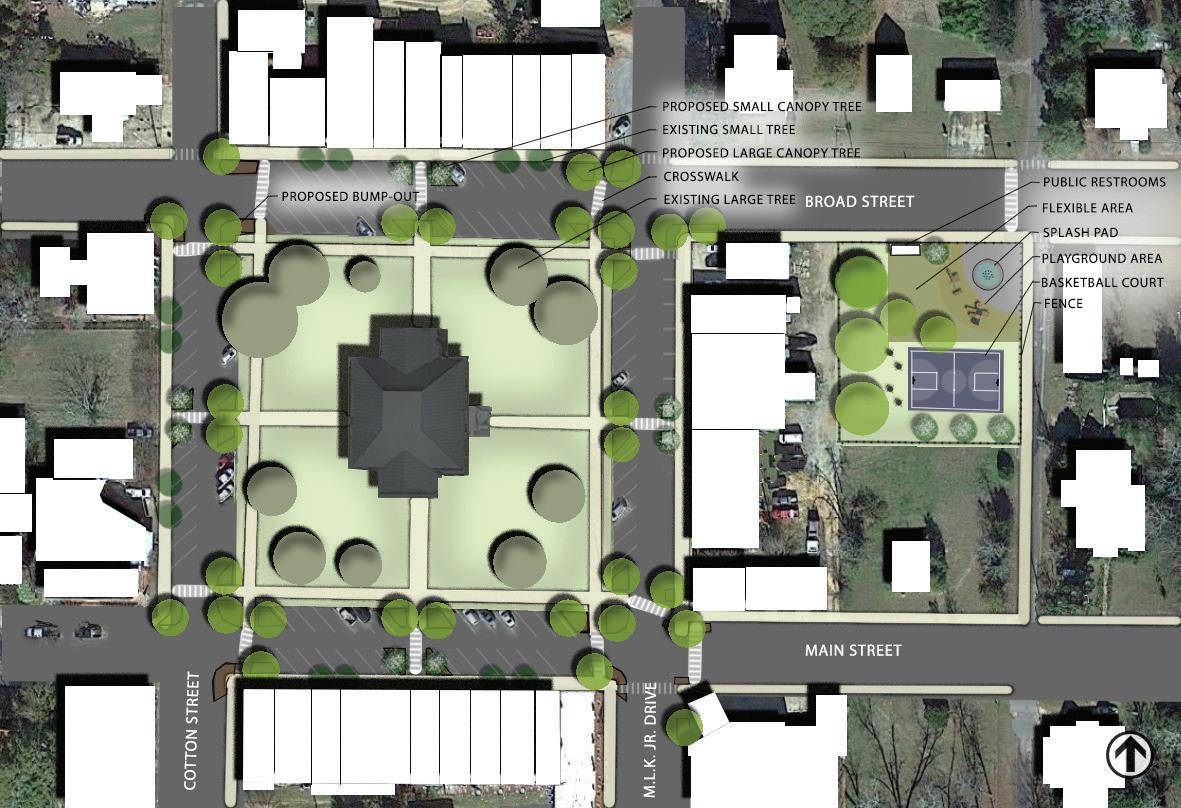
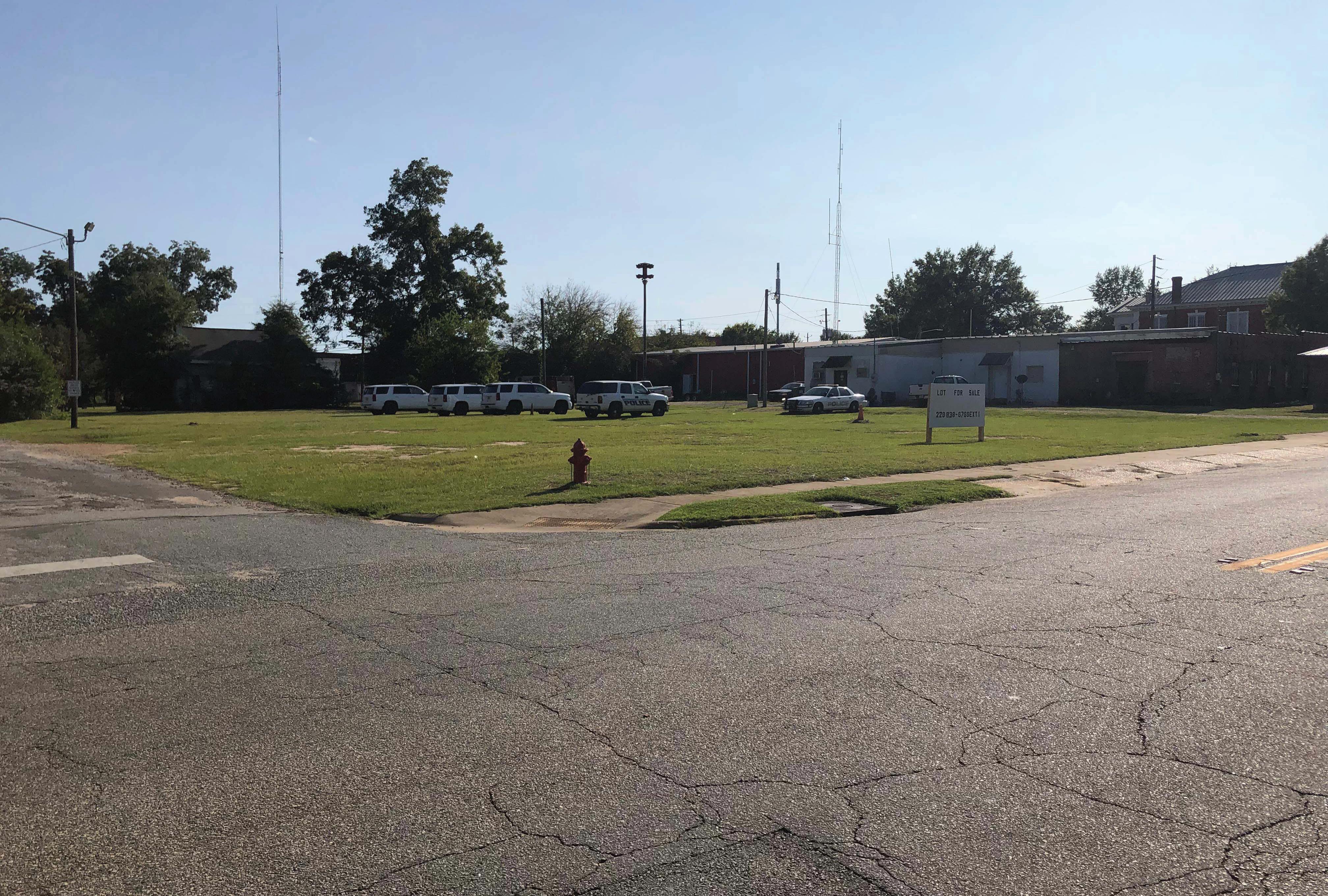
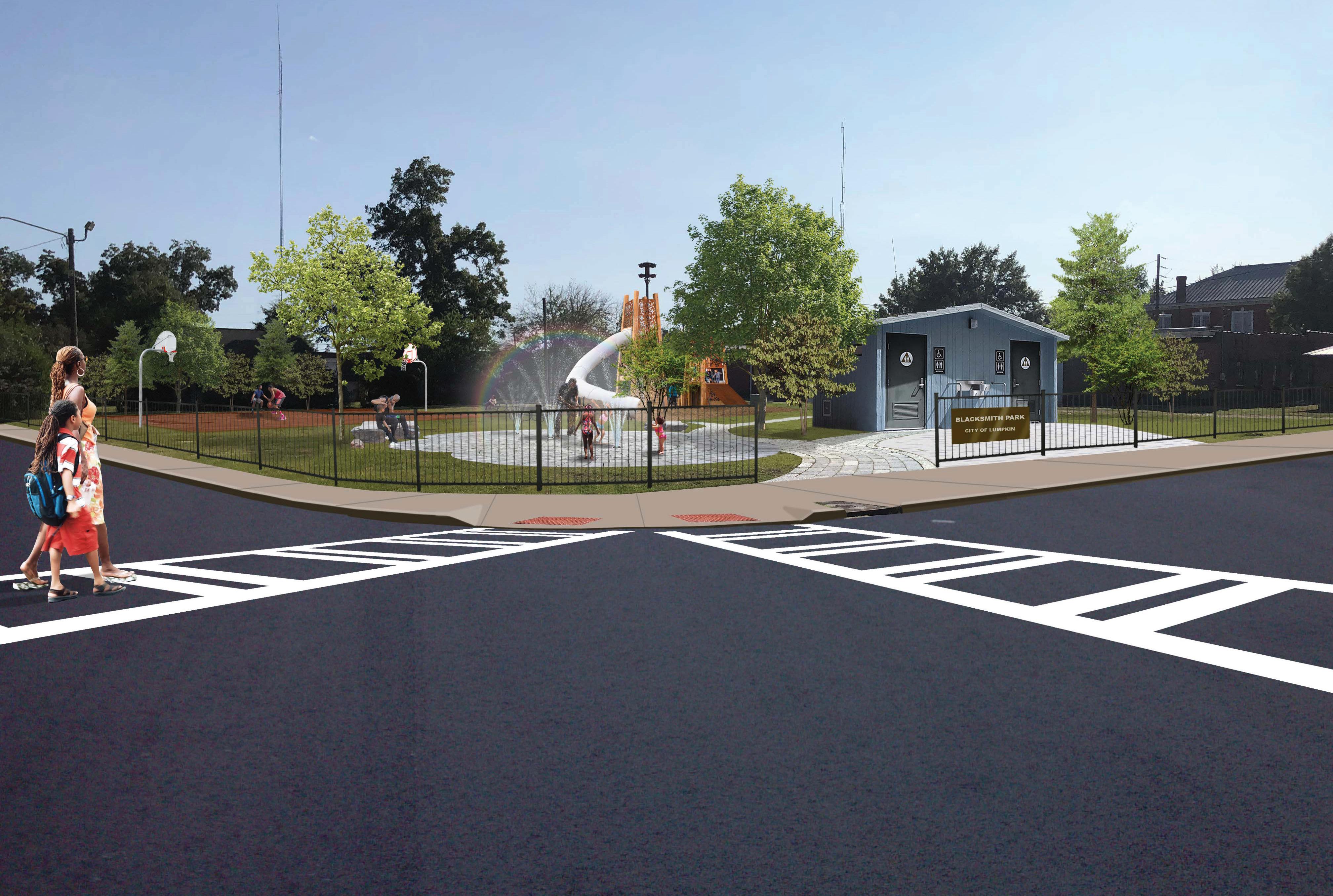
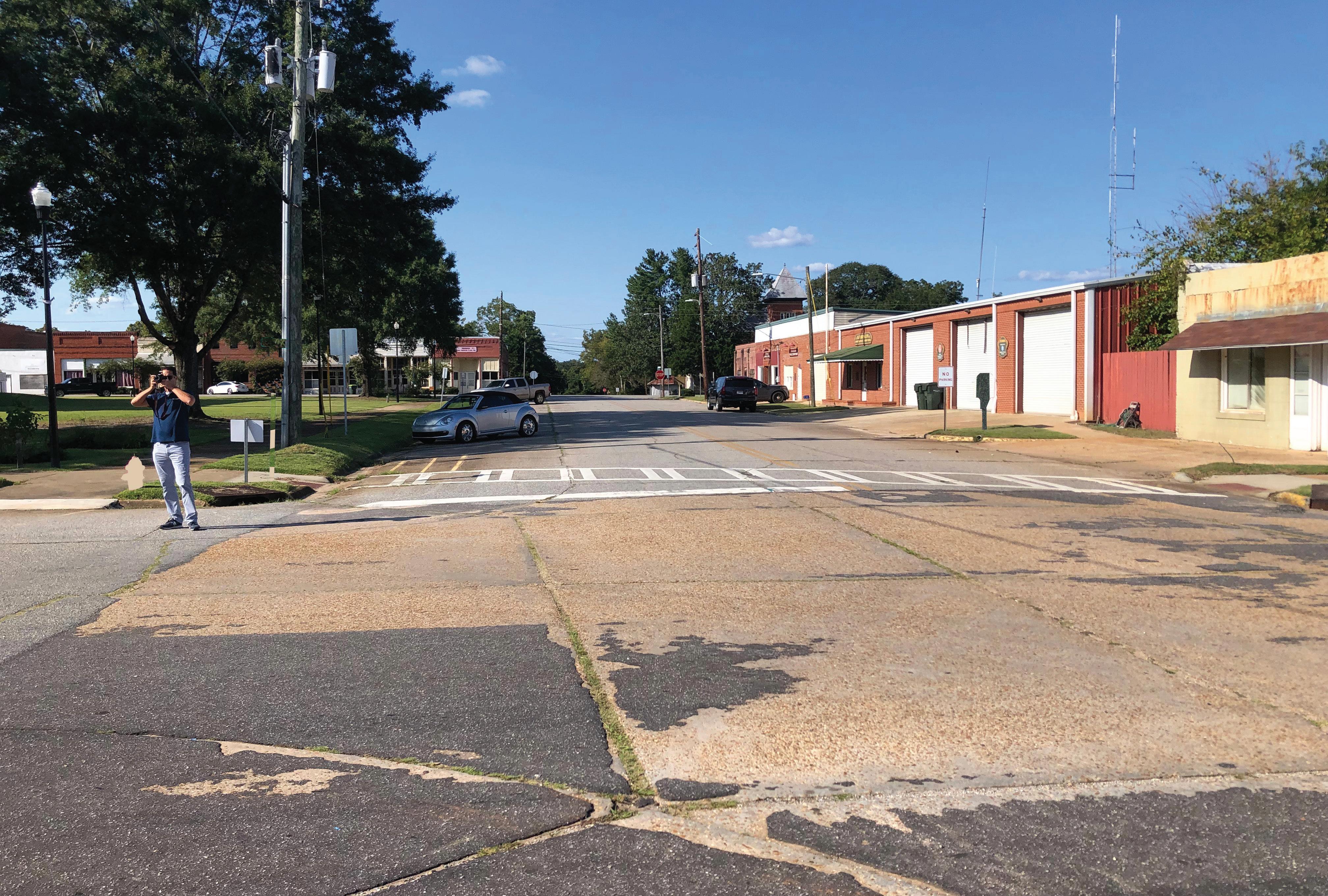
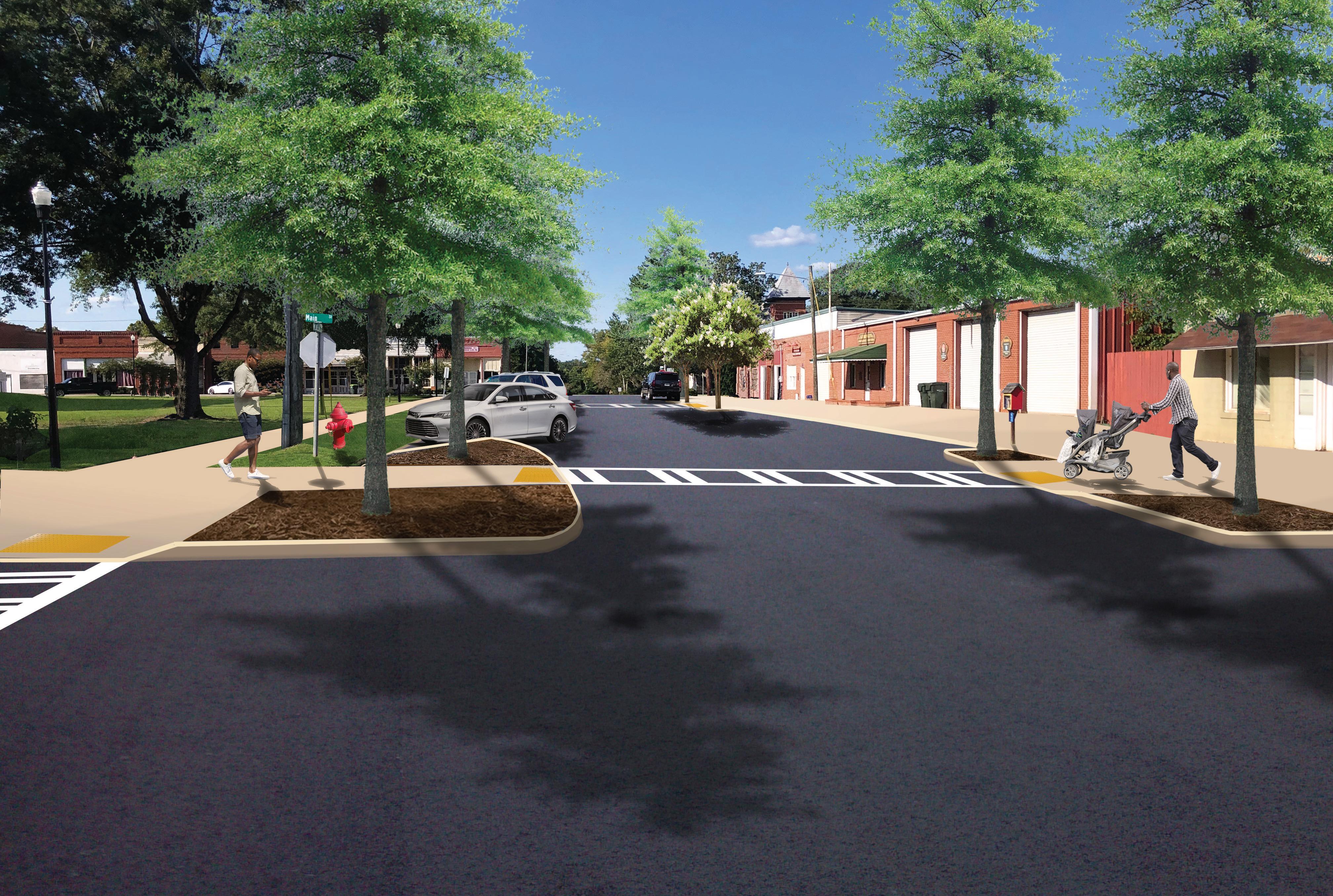
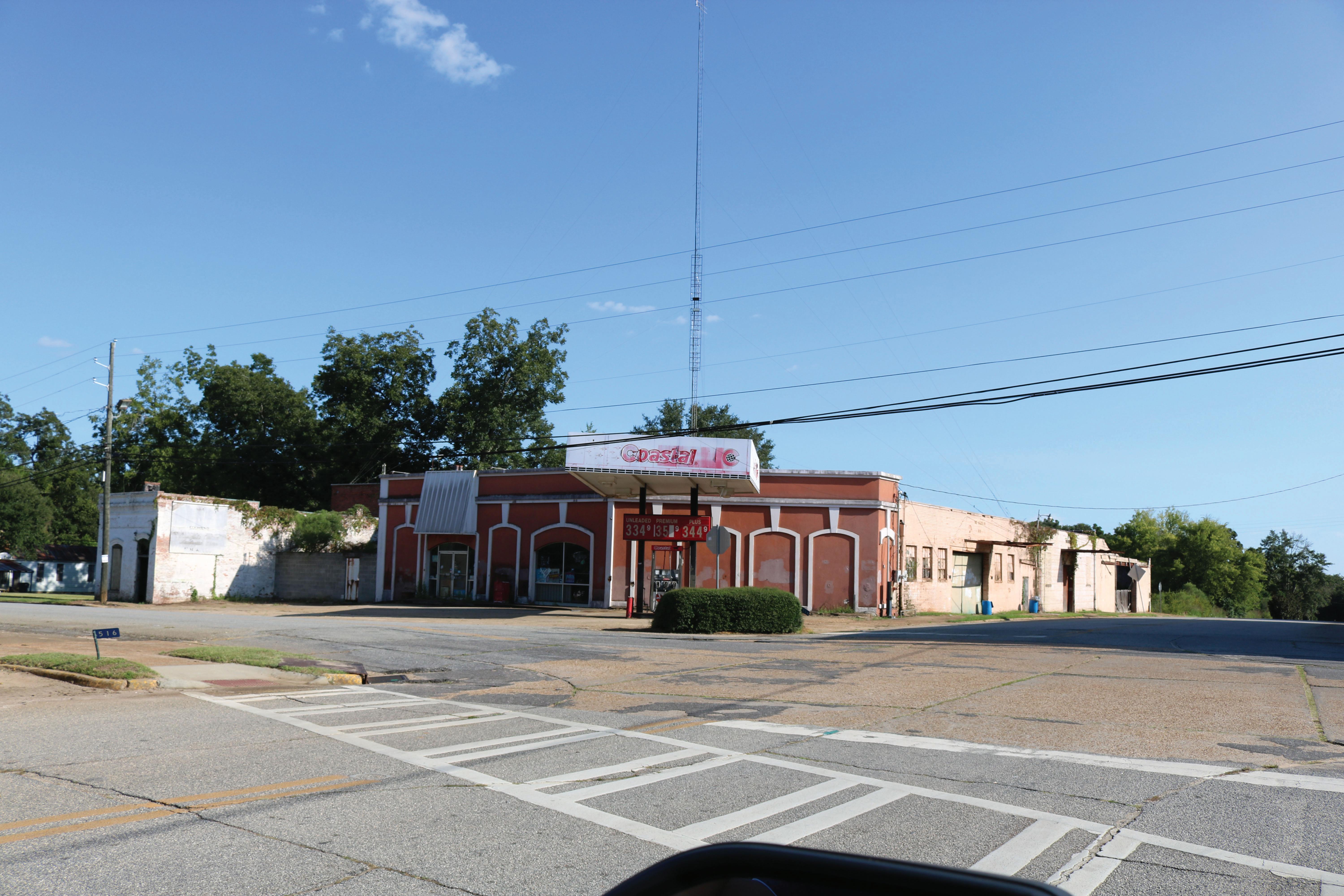
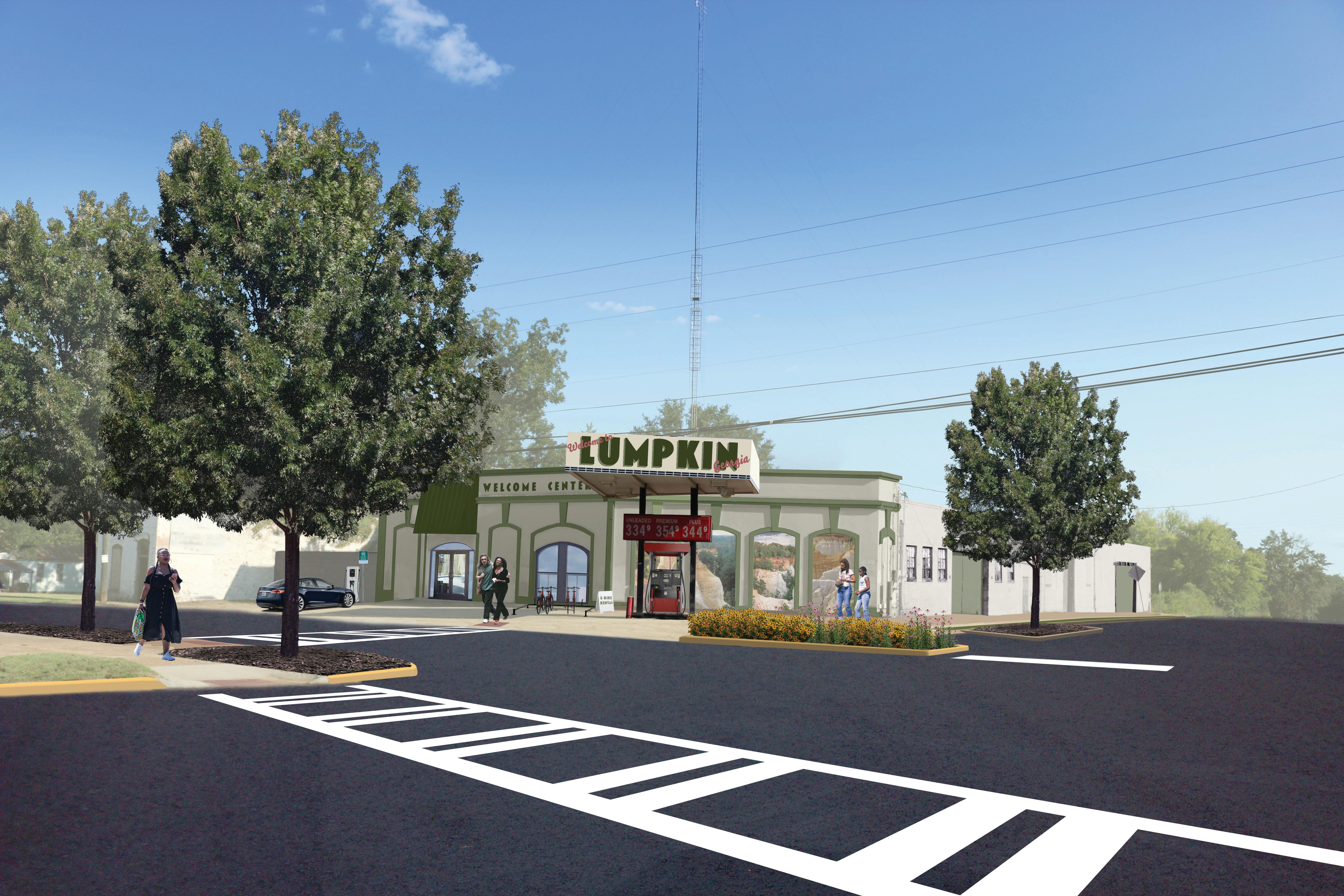
EXISTING: This image shows existing conditions along MLK Jr. Drive just east of the Stewart County Courthouse.
PROPOSED: This image shows improvements, including fresh paving, landscaped bump-outs with ADA curb ramps, and a mix of small ornamental and large-canopy street trees.
EXISTING: This former gas station in downtown Lumpkin sits on a prominent corner lot. Currently, the building needs repainting, and the gas pump is no longer used. This area features limited shade and lacks crosswalks across Main Street.
PROPOSED: This rendering shows the former service station repurposed as a welcome center. The gas pump has been refurbished, and charging stations for EVs and e-bikes have been added, along with an e-bike rental station. A fresh paint job and murals of nearby Providence Canyon brighten up the existing building. Street trees bring shade to the sidewalks, and planted bump-outs help shorten the crossing distance across Main Street.
EXISTING: This vacant lot at the corner of Broad Street and Elm Street sits a block away from the courthouse square in downtown Lumpkin. This space currently serves as overflow parking for police vehicles. The highly visible, flat expanse of lawn could provide opportunities for recreation.
PROPOSED: This concept rendering shows the vacant lot transformed into a downtown park. Amenities include a splash pad, restrooms, a playground, picnic tables, and a basketball court. The foreground shows crosswalks and new sidewalks to encourage pedestrian access to the park. This corner was home to a blacksmith in the early 20th century, inspiring the name Blacksmith Park.




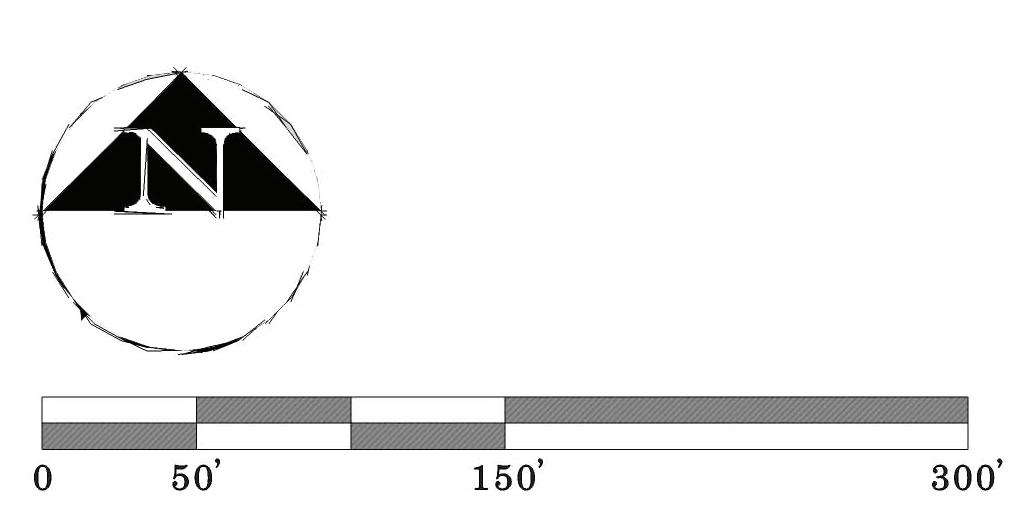 Created by the Georgia Department of Community Affairs (DCA), this plan shows streetscaping improvements to downtown Richland.
This design concept helps illustrate improvements to the Richland streetscape, including large-canopy street trees, crosswalks with attractive pavers, and landscaped bump-outs.
This axonometric design shows improvements to the downtown Richland streetscape proposed by DCA.
Created by the Georgia Department of Community Affairs (DCA), this plan shows streetscaping improvements to downtown Richland.
This design concept helps illustrate improvements to the Richland streetscape, including large-canopy street trees, crosswalks with attractive pavers, and landscaped bump-outs.
This axonometric design shows improvements to the downtown Richland streetscape proposed by DCA.
RICHLAND WELCOME CENTER, EXISTING:
This site at the corner of Wall Street and Nicholson Street is currently home to a beautiful, though dilapidated, midcentury building. Formerly home to an auto mechanic shop, the site features far more paved area than necessary for other uses, and the curb cuts are excessive.
RICHLAND WELCOME CENTER, PROPOSED:

This rendering shows the building renovated as a welcome center with outdoor tables, EV charging stations, and e-bike rentals. The mural shown features artwork by local folk artist Floria Yancey. Curb cuts are minimized, with expanded beauty strips and Natchez crape myrtle trees for shade.

The mural shown below features artwork by local folk artist Floria Yancey.
RICHLAND DCA FAÇADE RENDERING: This rendering created by the Georgia Department of Community Affairs shows the façades on the north side of Broad Street near the intersection with Wall Street in downtown Richland. Improvements such as fresh paint, restored storefronts, and new awnings help transform these storefronts.

RICHLAND SOUTH BROAD STREET FAÇADES, EXISTING: This image shows the existing conditions of a prominent building located in downtown Richland, likely built in the late 1800s or early 1900s. It currently houses three separate storefronts. The façade is painted in multiple colors, the wood trim is in disrepair, and the largest storefront could use an update.

RICHLAND SOUTH BROAD STREET FAÇADES, PROPOSED: This image shows proposed alterations to this downtown Richland façade, including removing the paint on the upper half, restoring the wooden trim, and updating the storefronts. The rendering shows possible uses for the storefronts, including a boutique hotel, a bakery catering to both hotel patrons and the community, and a seed and feed store. The hotel signage shown is period-appropriate windowpainting, with additional signs painted on the brick above. This design includes an EV charging station in the heart of downtown Richland to better serve visitors to the nearby distillery and other regional destinations.

EXISTING: This former high school building has been vacant for many years. The property currently hosts a community garden on the opposite side of the building shown. The unique masonry is still in good shape and presents a great opportunity for renovation as a community center.
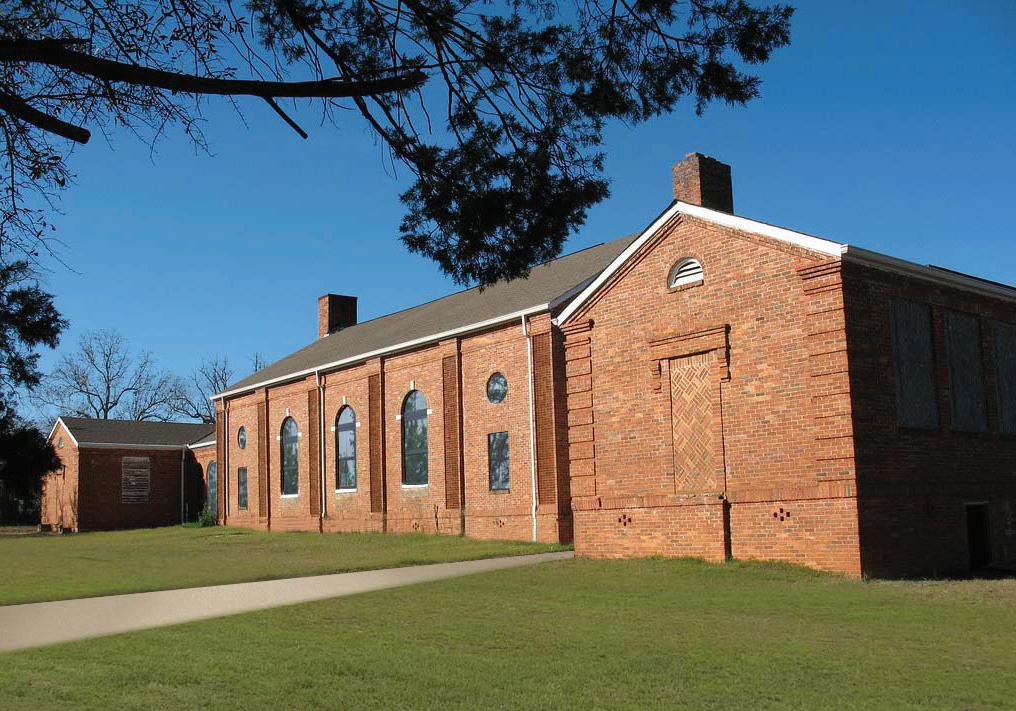

PROPOSED CLEANED UP: This rendering shows the existing building cleaned up, with restored windows and walkways.
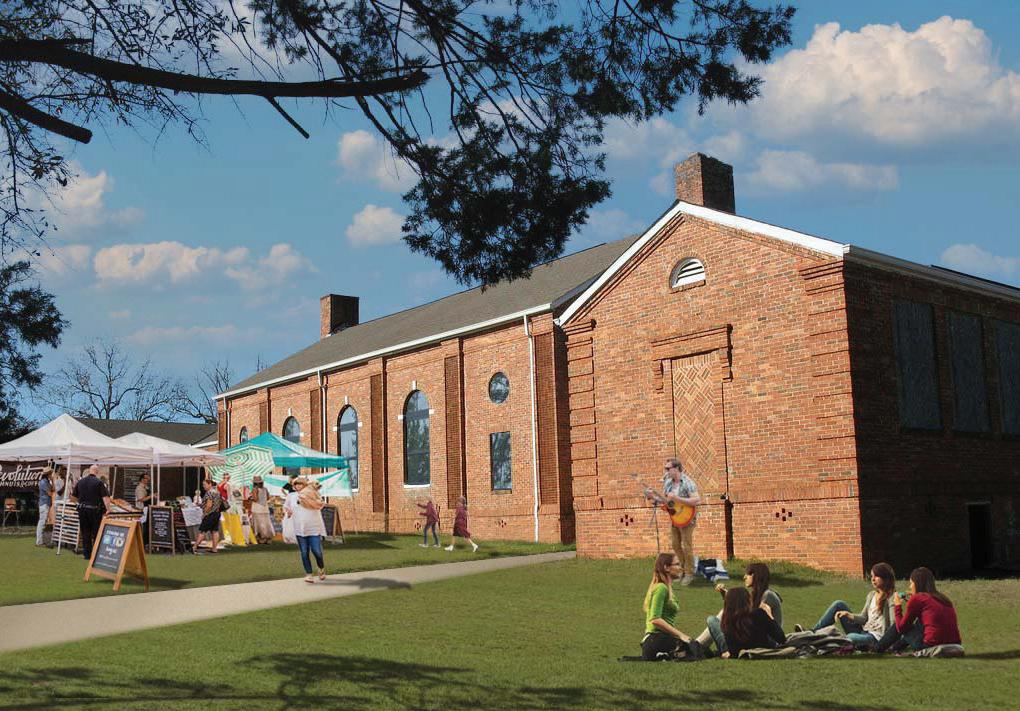
PROPOSED MARKET: This concept shows a farmer’s market, which could showcase some of the items grown in the community garden on site.
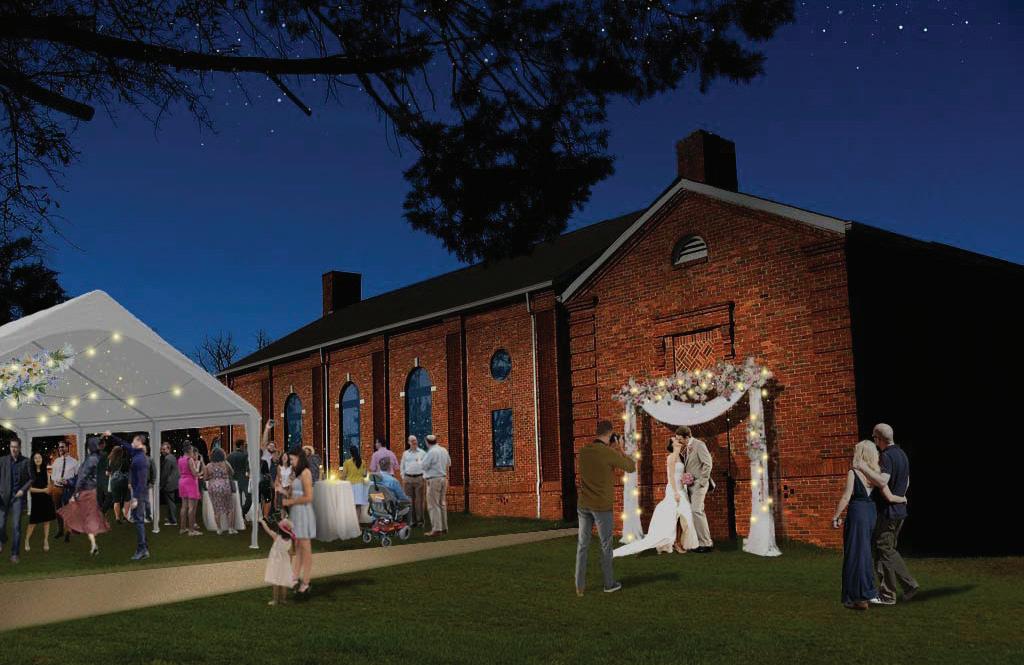
EXISTING: At Flowing Well Recreational Park in Stewart County, the artesian well site contains a picnic table, a trash can, and a potholed gravel parking area.




ARTESIAN WELL–EXISTING: Currently, the artesian well is a plain concrete block surrounded by some grasses. The water that flows from the well pools at the base before evaporating or infiltrating back into the soil.
PROPOSED: This concept shows the gravel parking area retopped and edged with granite blocks. This design also shows the addition of a bench swing and a shade tree near the picnic table.
ARTESIAN WELL–PROPOSED: This concept shows the well refurbished with a river rock veneer and pebbles lining the water collection area. This design shows runoff draining into a swale with river rocks to keep the gravel drive from getting muddy.

BIKE ENTRANCE, EXISTING AND PROPOSED: Creating a dedicated bike entry to Providence Canyon State Park could welcome regional visitors and ease congestion at the park’s existing parking area.
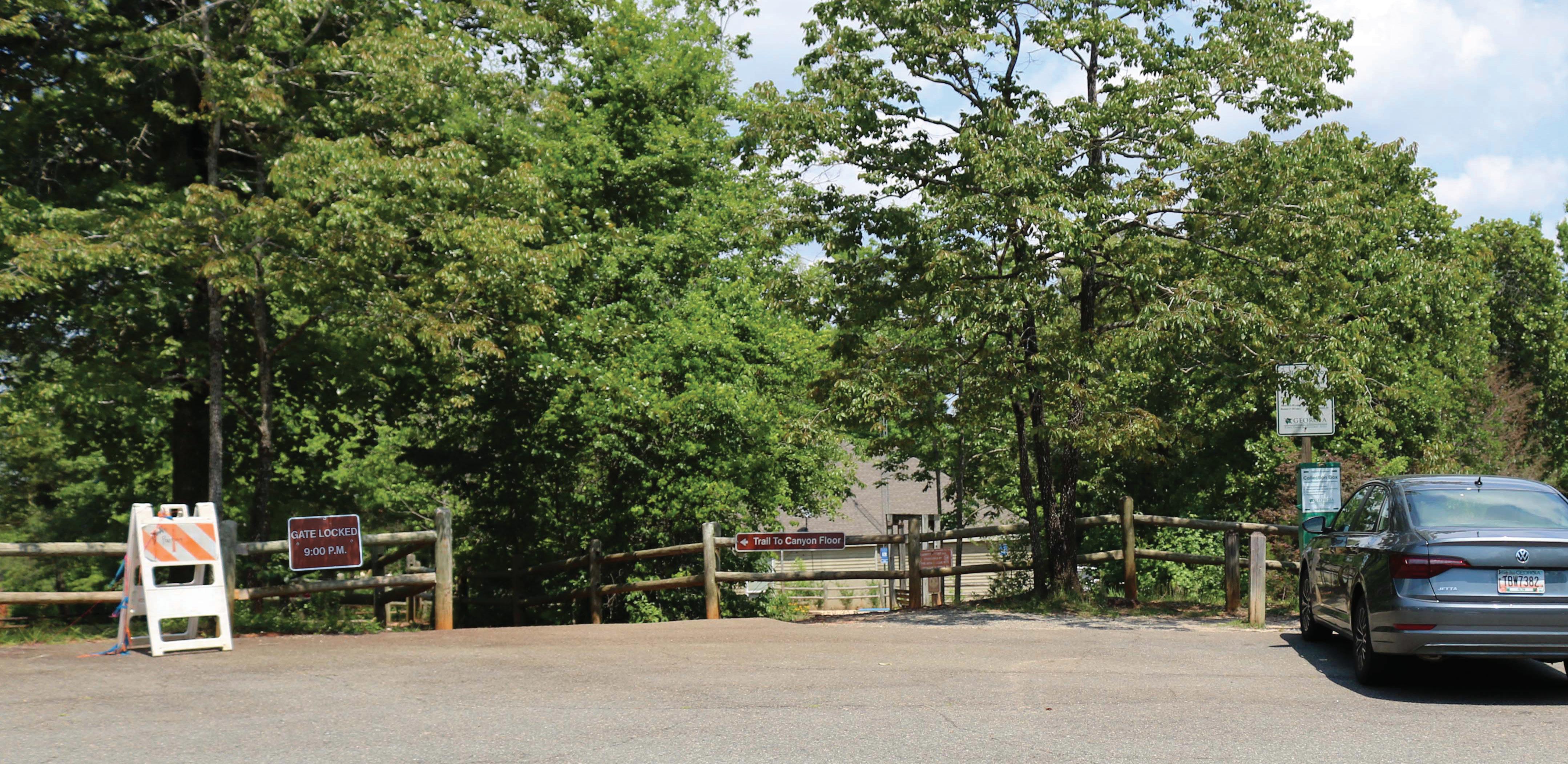
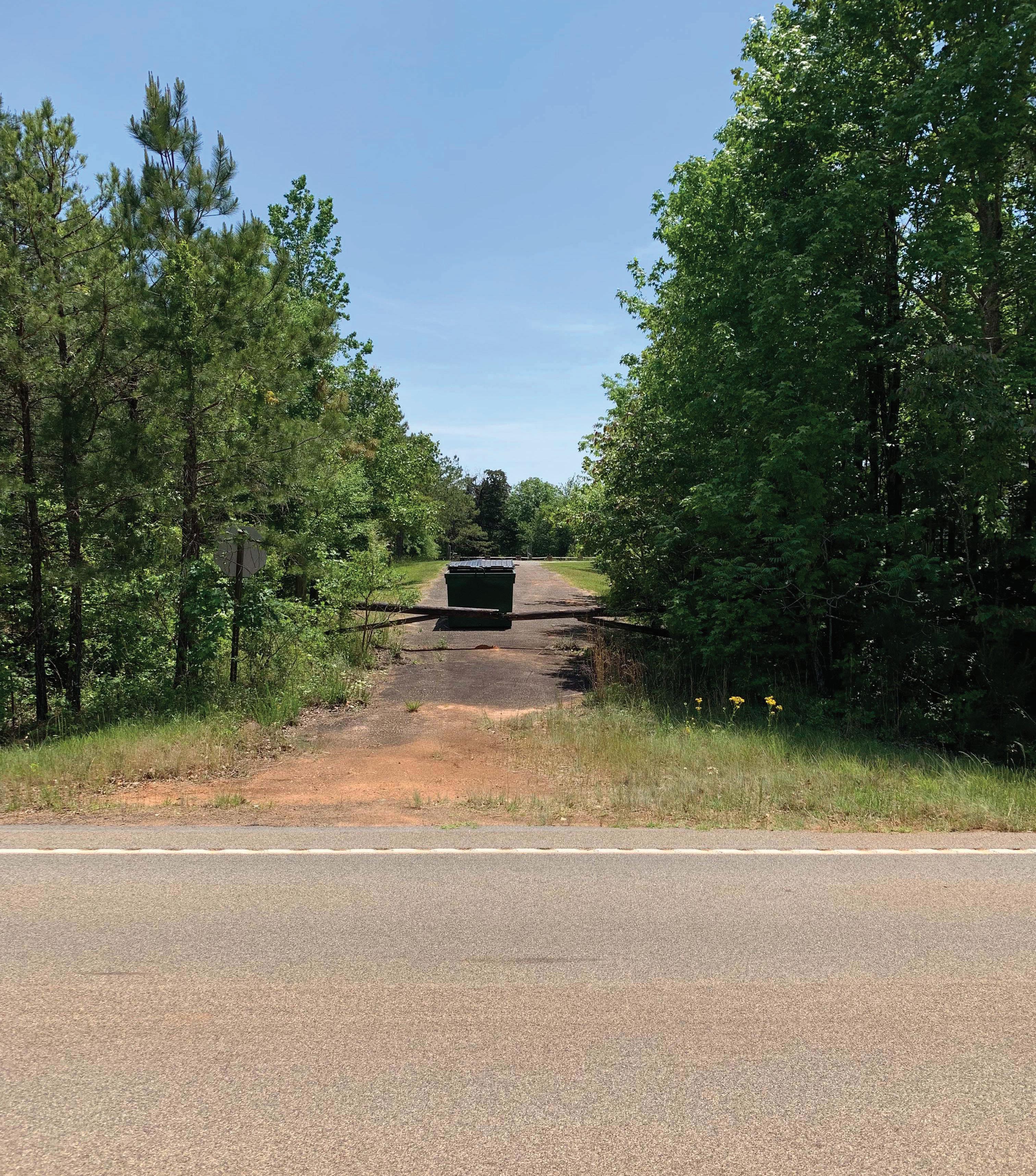
PROVIDENCE CANYON STATE PARK, EXISTING: This photo shows the existing conditions of the parking lot at Providence Canyon State Park. There are a few small signs, and the parking lines are faded.
PROVIDENCE CANYON STATE PARK, PROPOSED: This rendering includes a designated electric vehicle charging spot, e-bike rentals, and signage with directions for biking to nearby Florence Marina State Park.
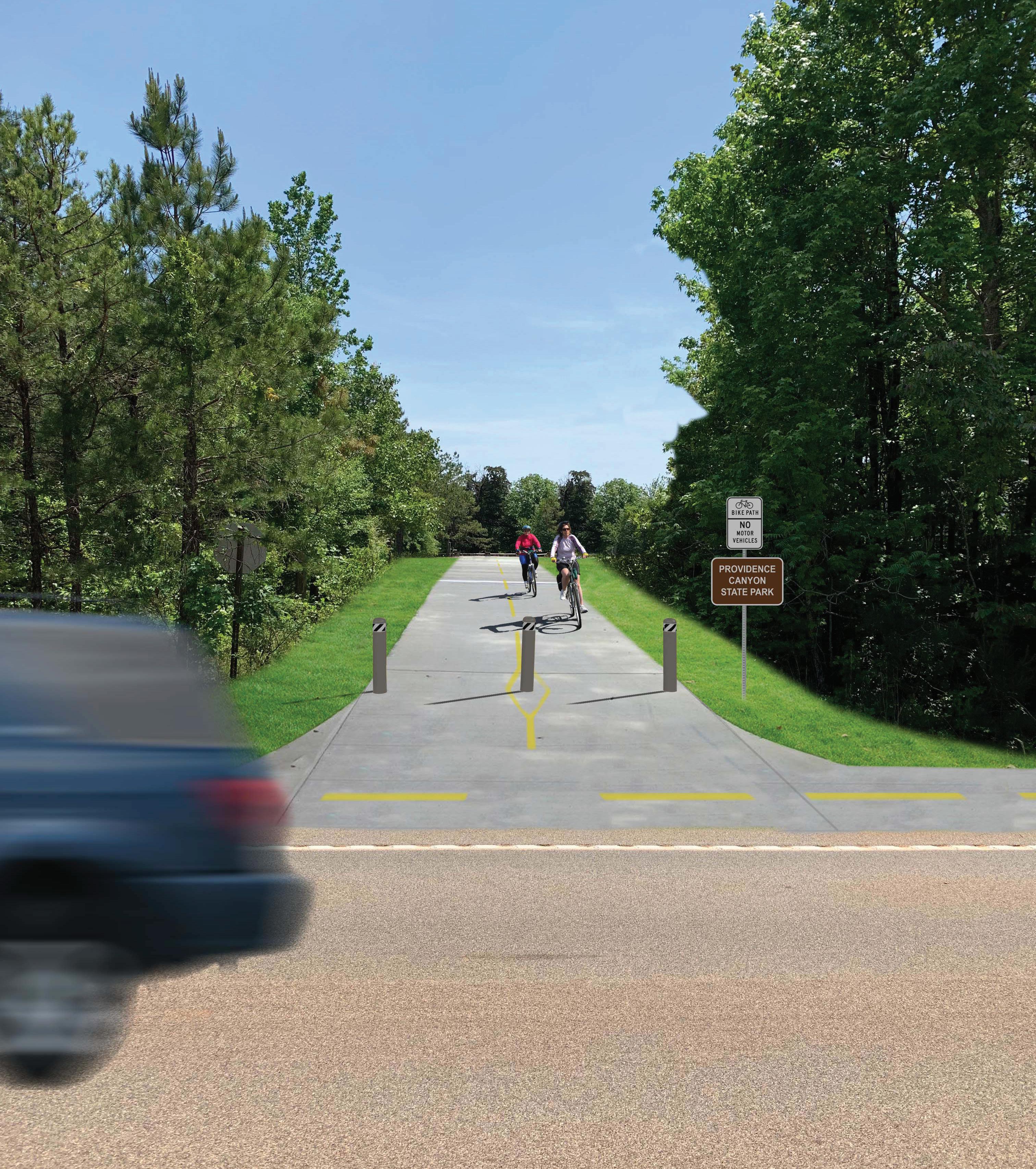
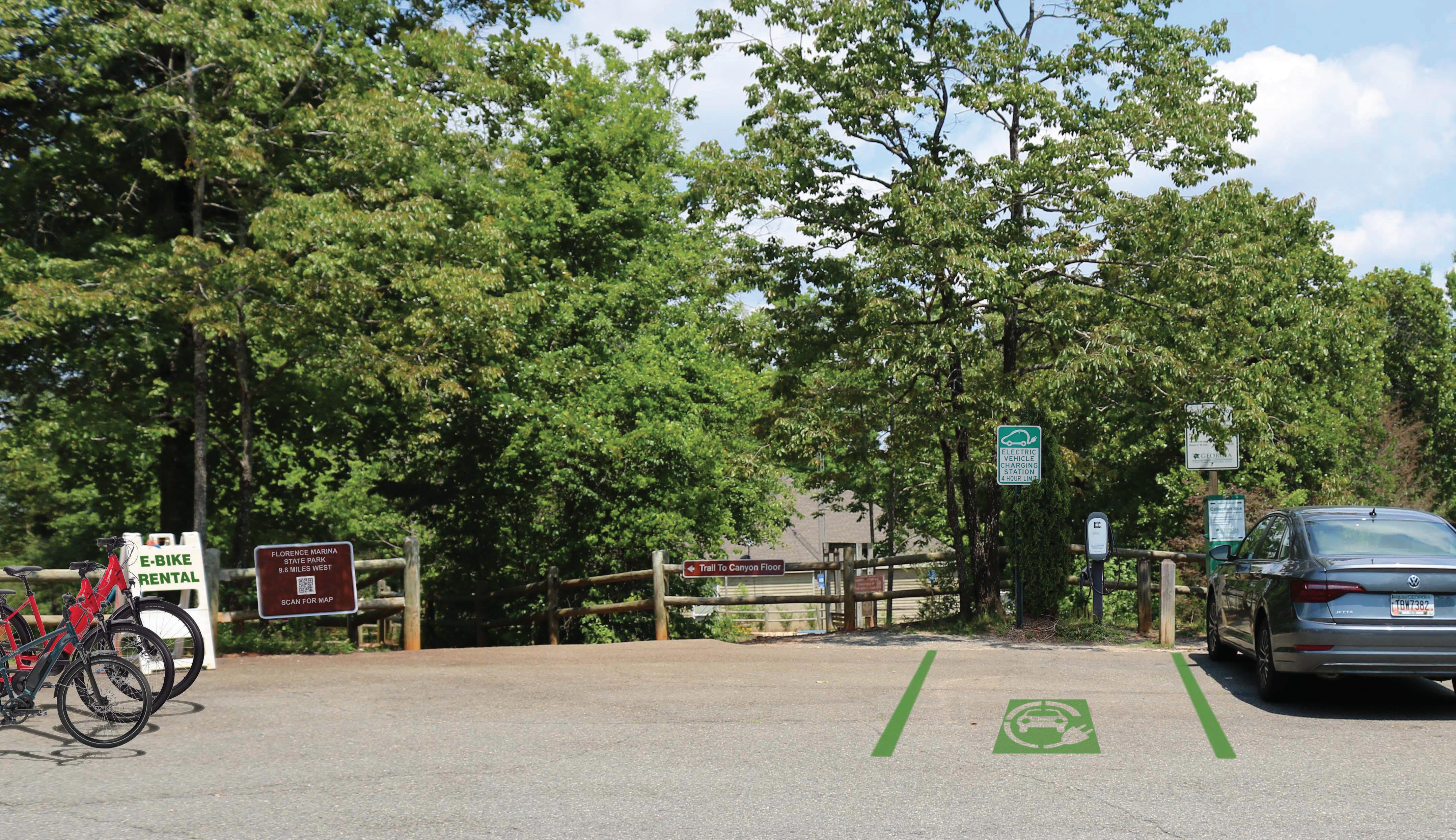
EXISTING: This photo shows the existing play area at Florence Marina State Park. Next to the playground is a large, open expanse of lawn.
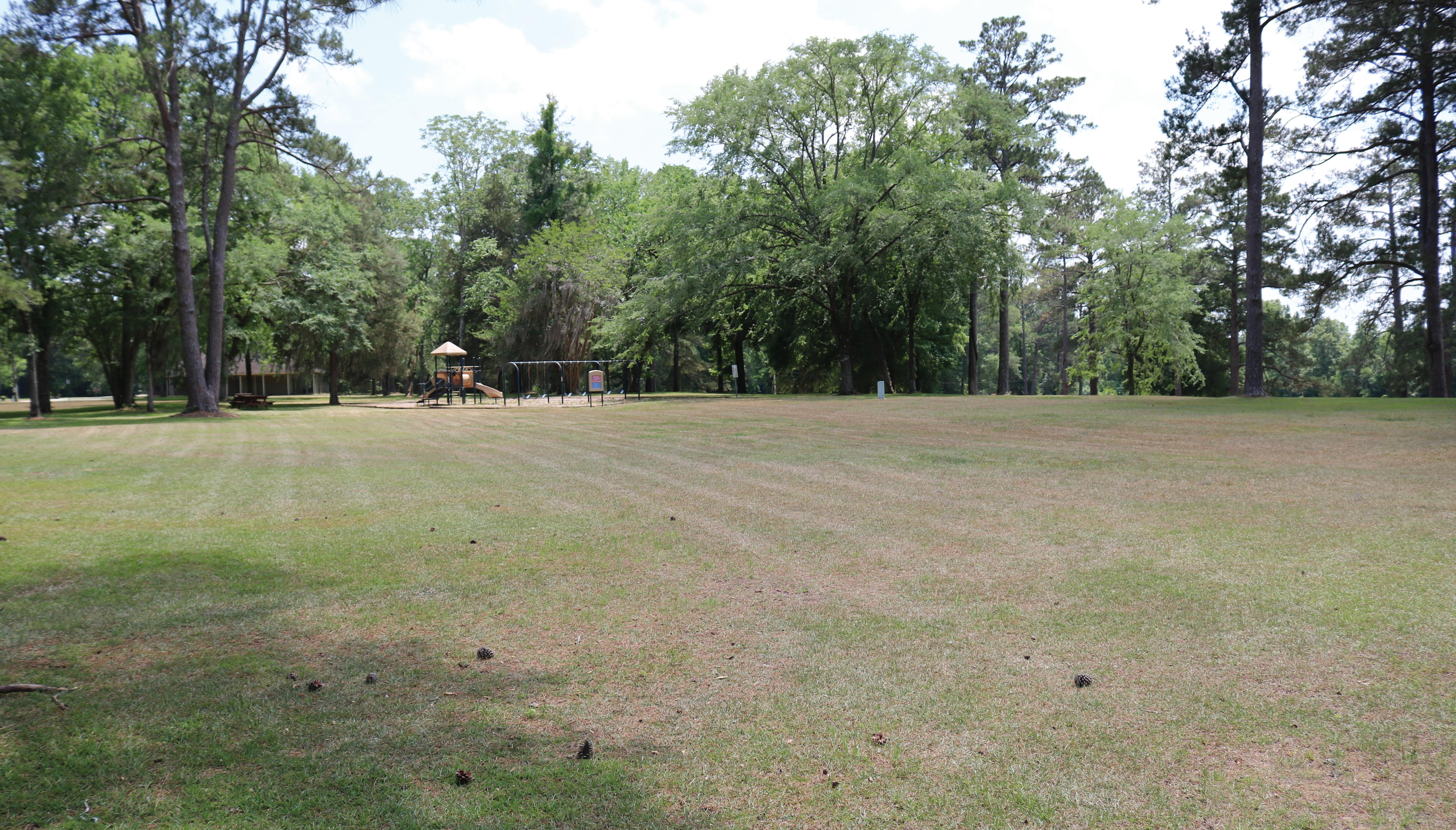
PROPOSED: This concept includes a nature-inspired splash pad with native boulders for seating, regionally appropriate trees, and shade structures.

FLORENCE MARINA STATE PARK INTERPRETIVE CENTER, EXISTING: This photo shows the existing conditions of the Florence Marina Interpretive Center and parking lot at Florence Marina State Park. Visitors have worn away the grass near the steps, exposing the soil.
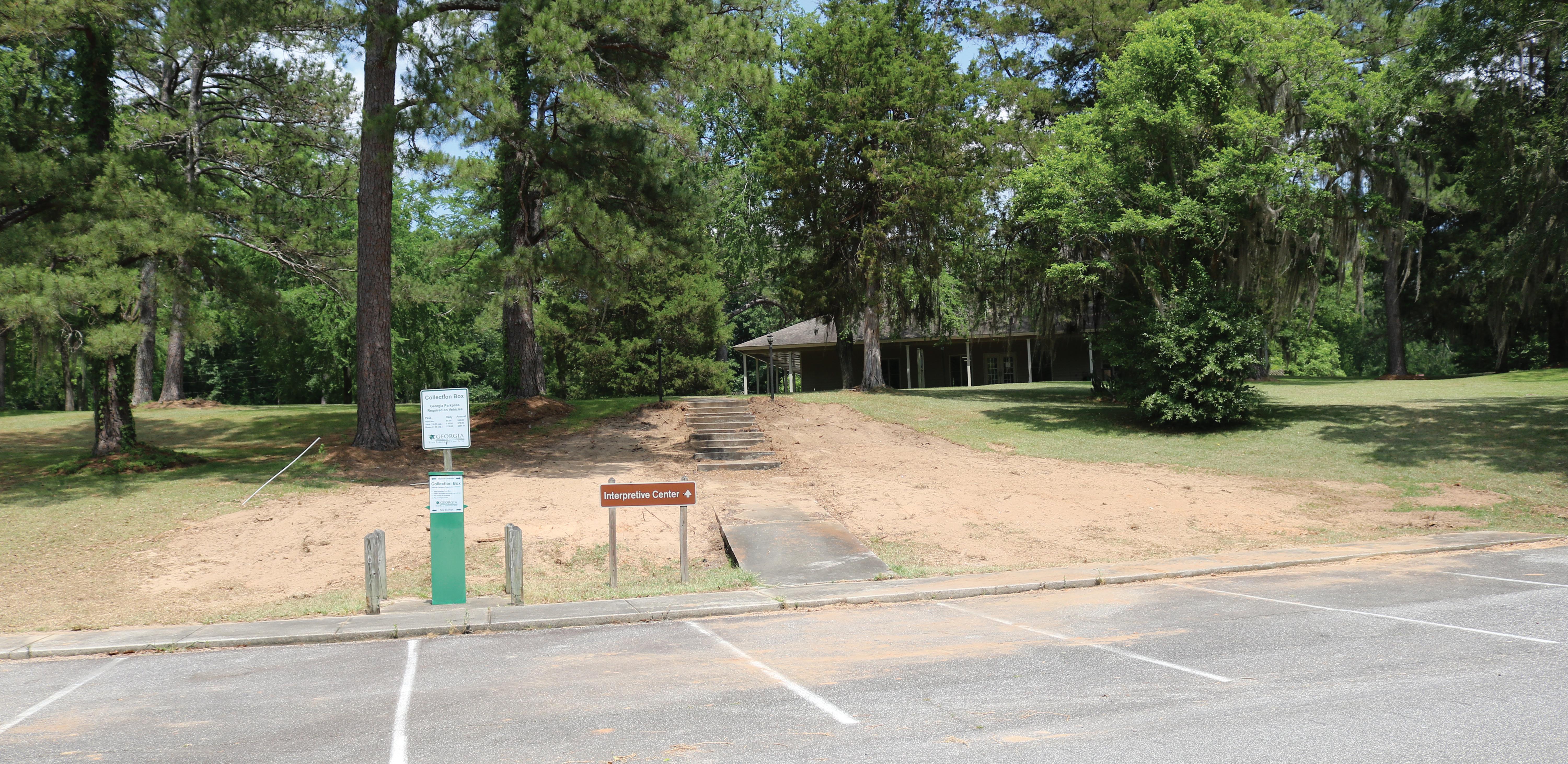
FLORENCE MARINA STATE PARK INTERPRETIVE CENTER, PROPOSED: This rendering shows proposed changes, including repaired turf, railings on the stairs, and an electric vehicle charging station.
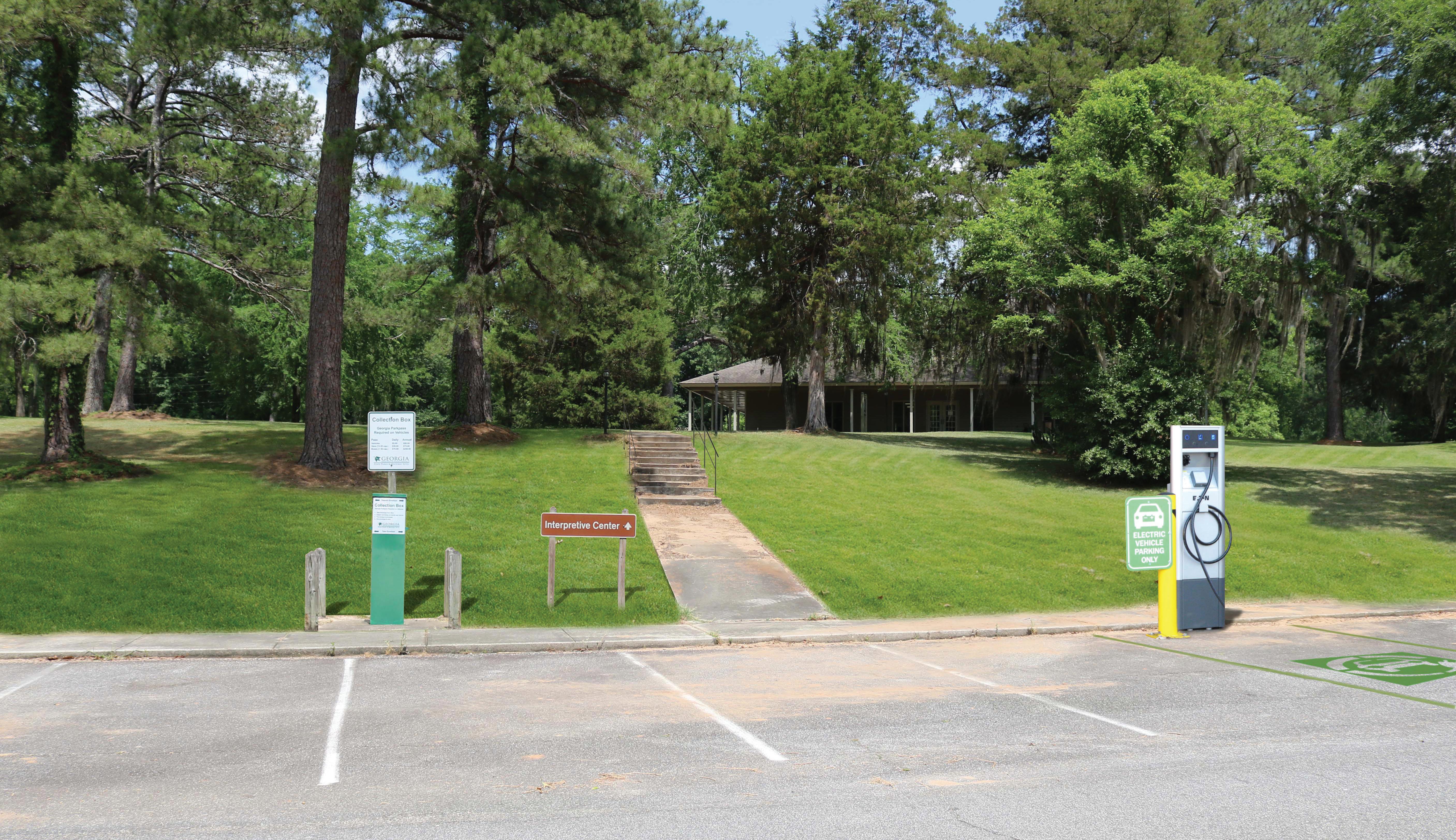
GEORGIA HIGHWAY 39/ CANYON ROAD, EXISTING: This photo shows the existing road between Providence Canyon and Florence Marina State Park. The roadside is eroded, and the rumble strip along the edges is inconsistent.
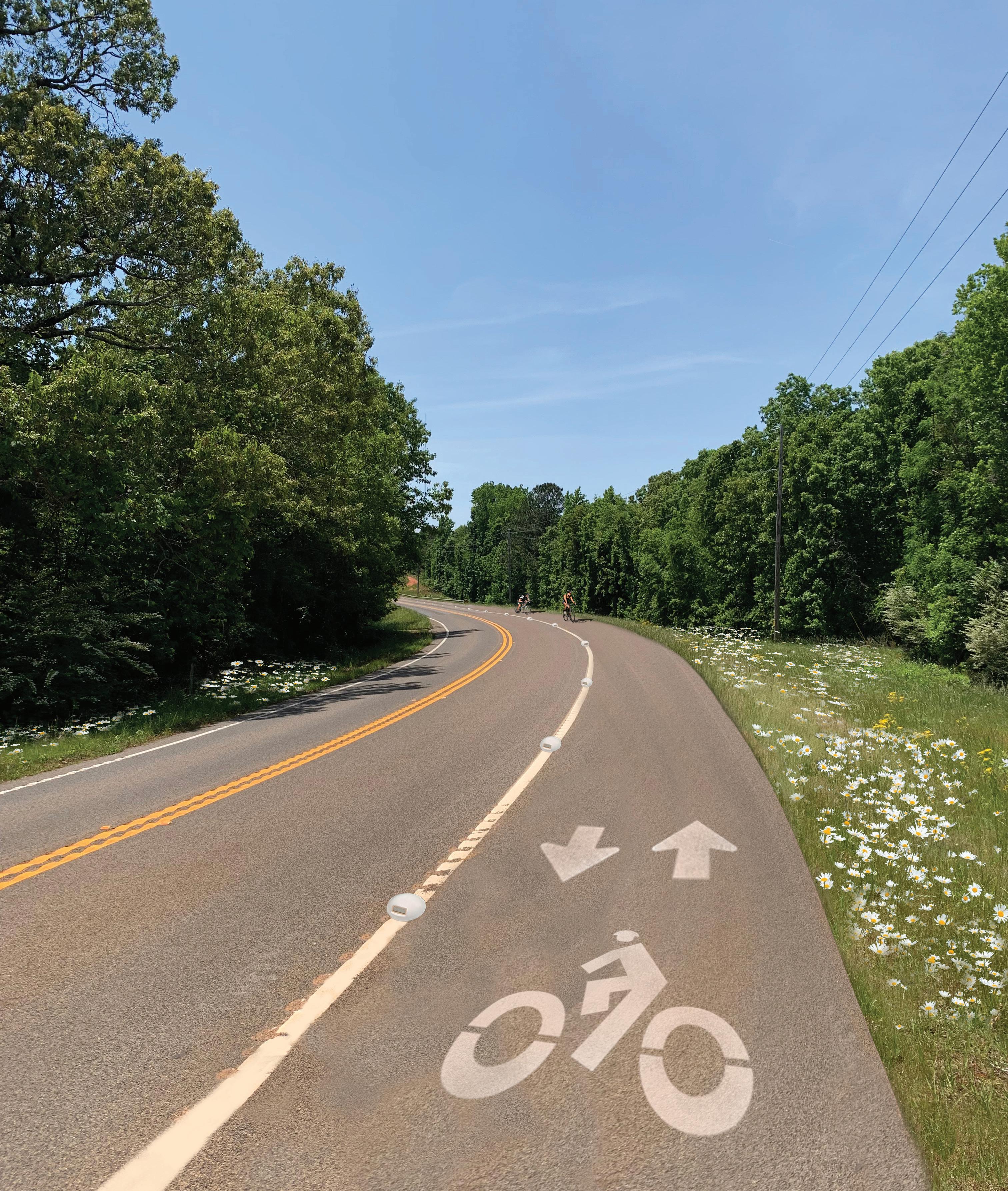

PROPOSED: This rendering shows a proposed two-way bike lane connecting the two parks. This concept includes dome reflectors to increase visibility and alert drivers if they get too close to the bike lane.
EXISTING: Omaha Brewing Company is located conveniently near both Providence Canyon State Park and Florence Marina State Park. As part of a multi-use trail connectivity network, the parking area at Omaha Brewing could include an e-bike charging station. Visitors could rent e-bikes to explore the area, reducing parking pressure at the state parks and encouraging exploration of the region.
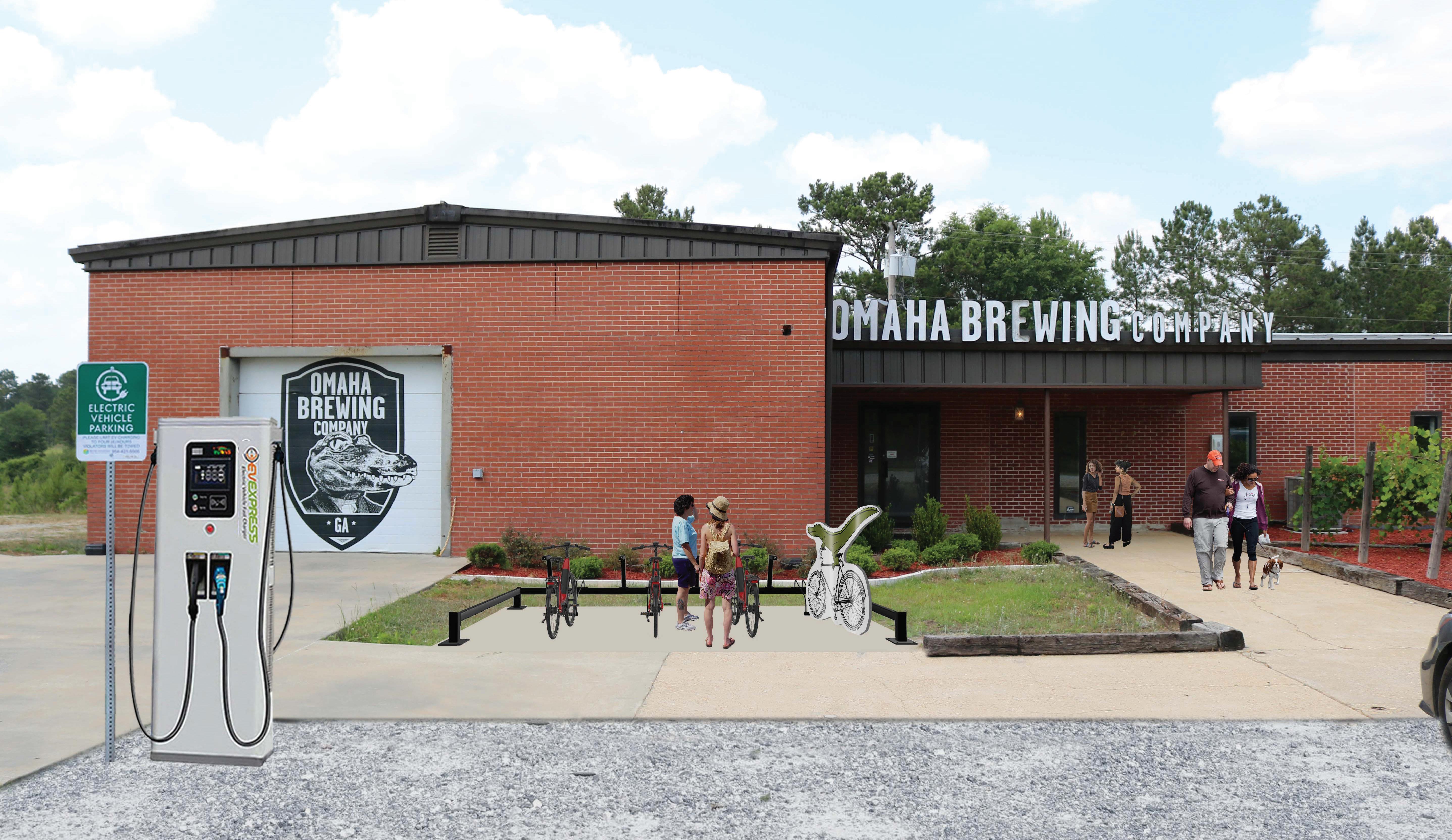
OMAHA BREWING, PROPOSED: This rendering shows a proposed e-bike charging station and a playful branded interactive alligator bicyclist cut-out. This concept also includes an electric vehicle charging station.

